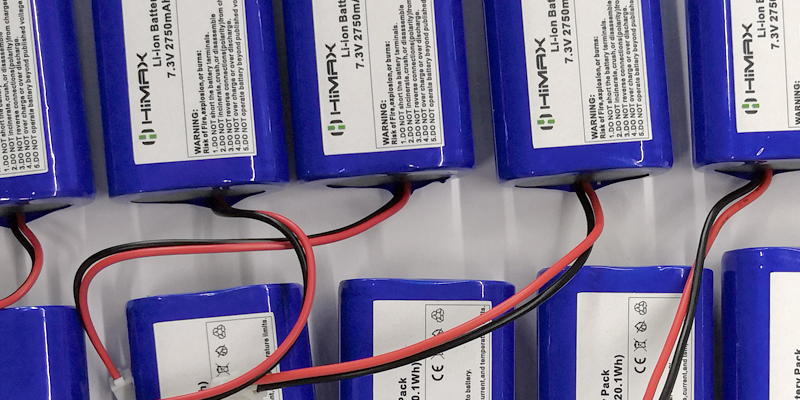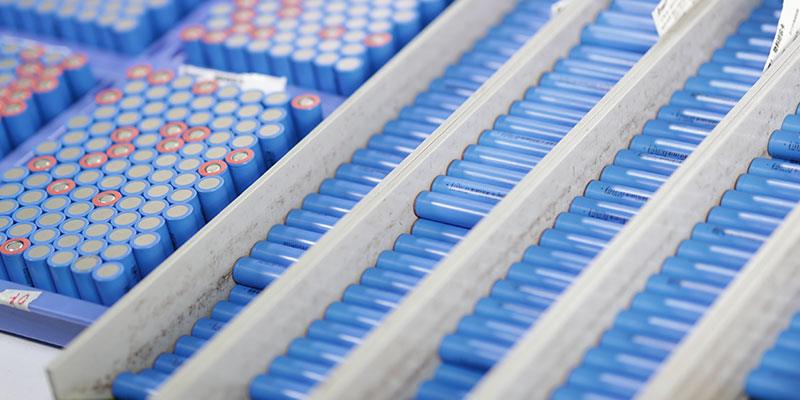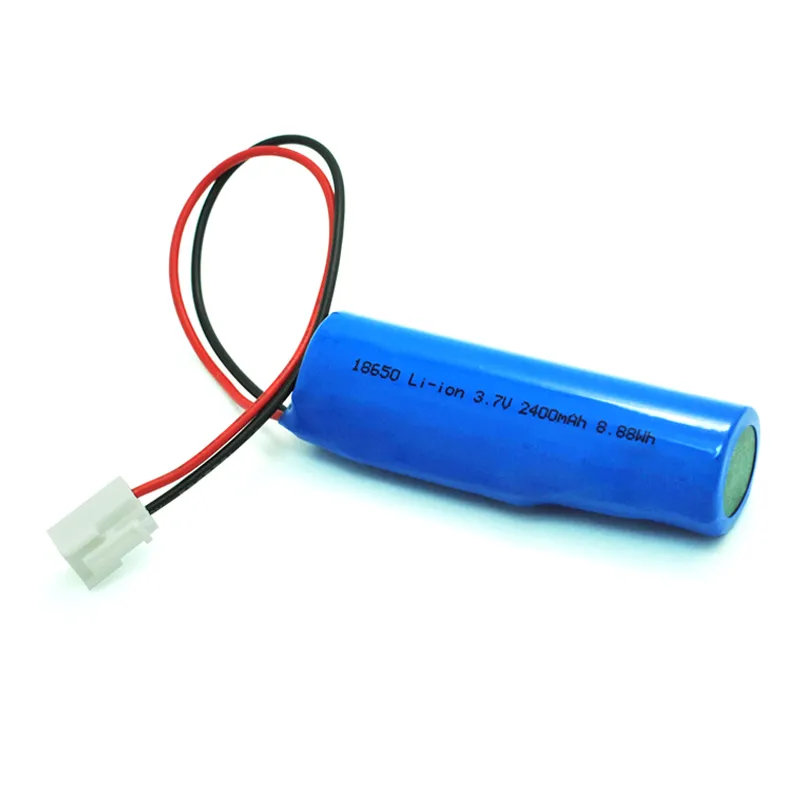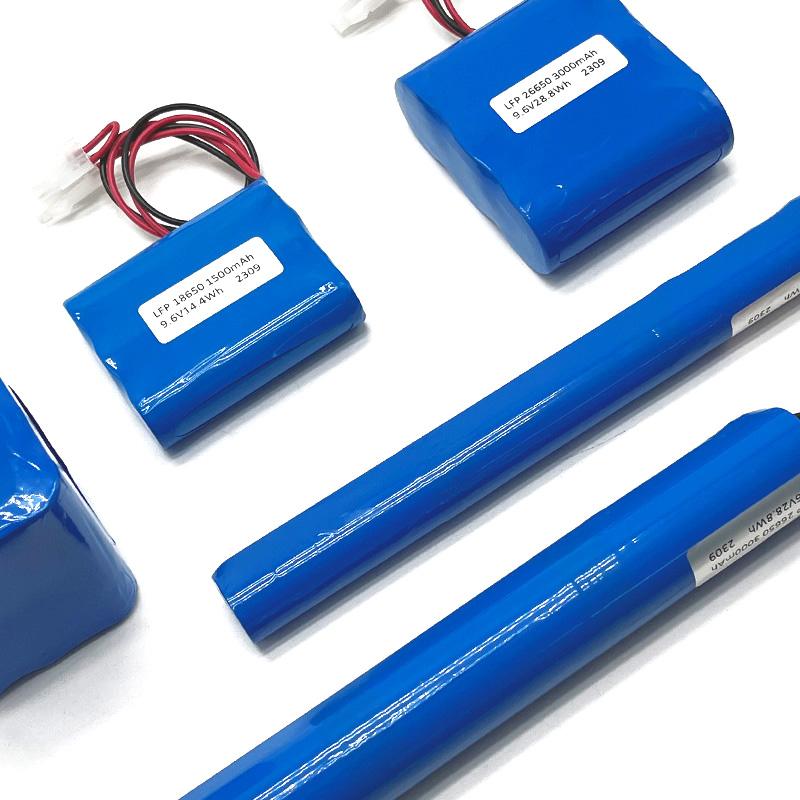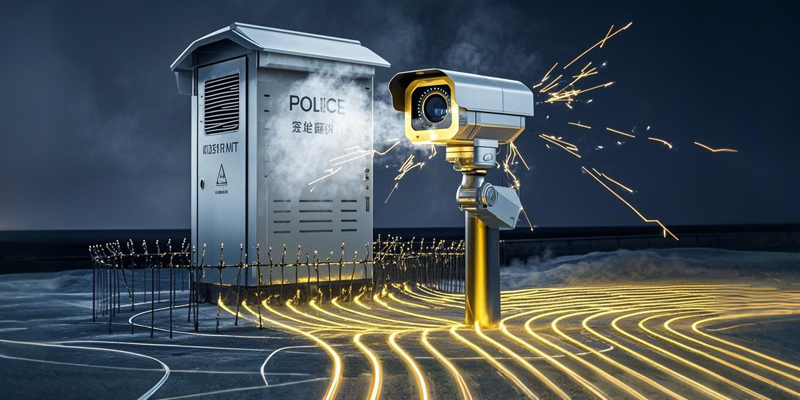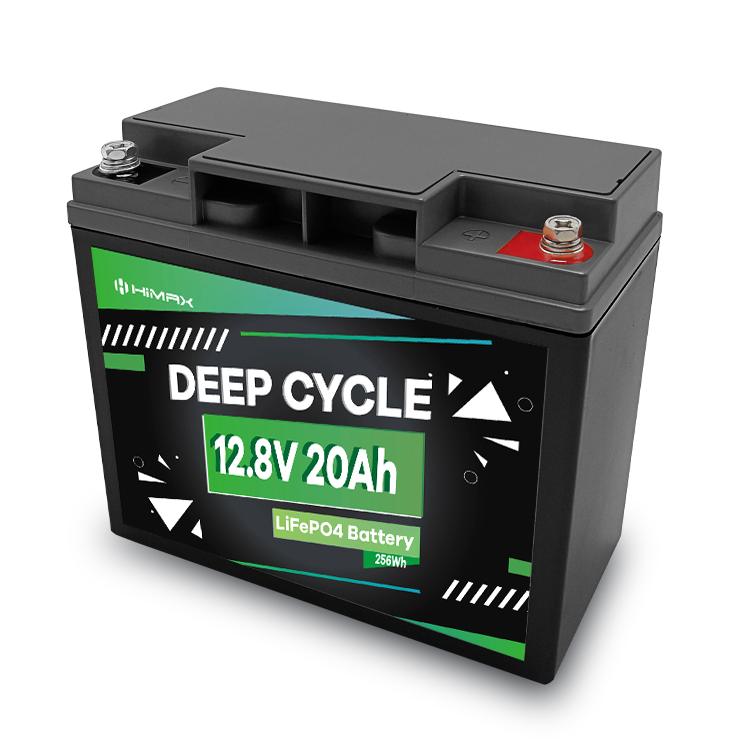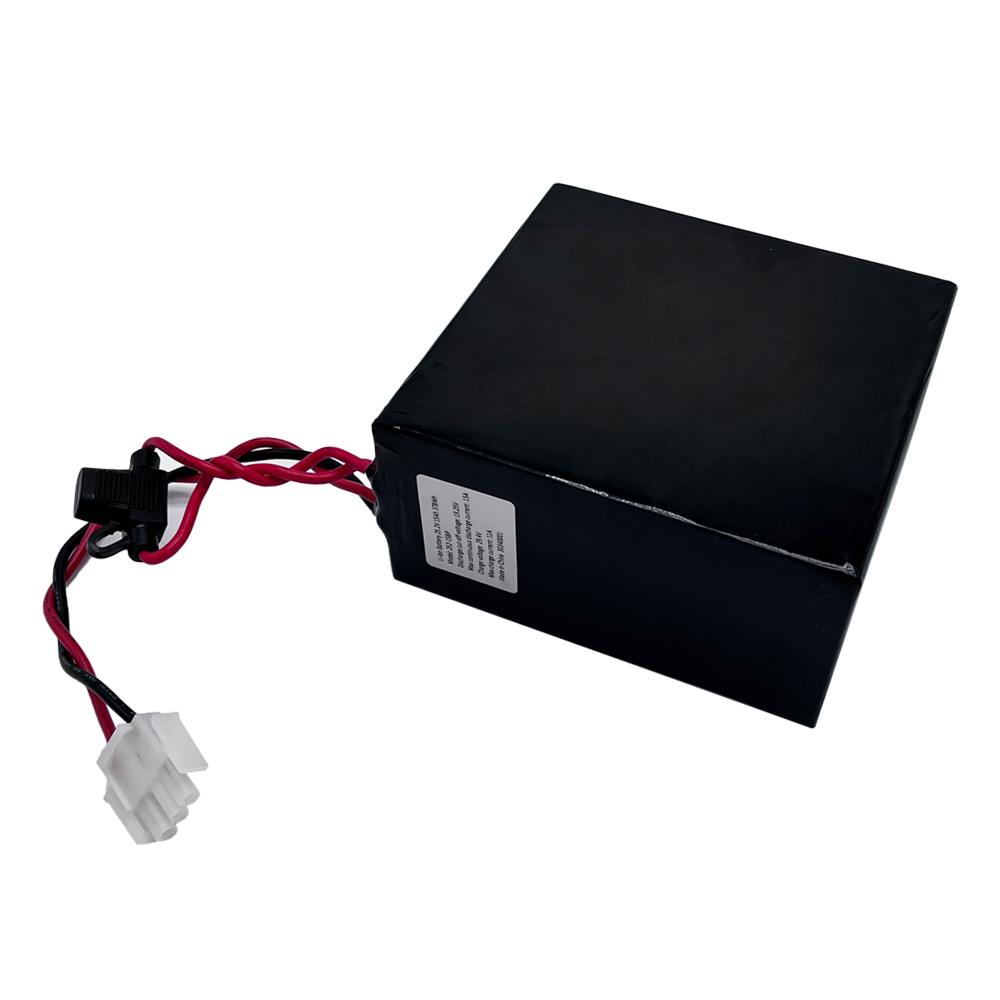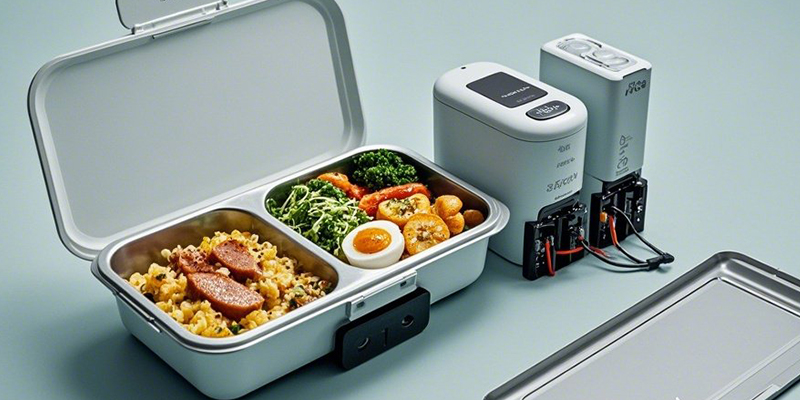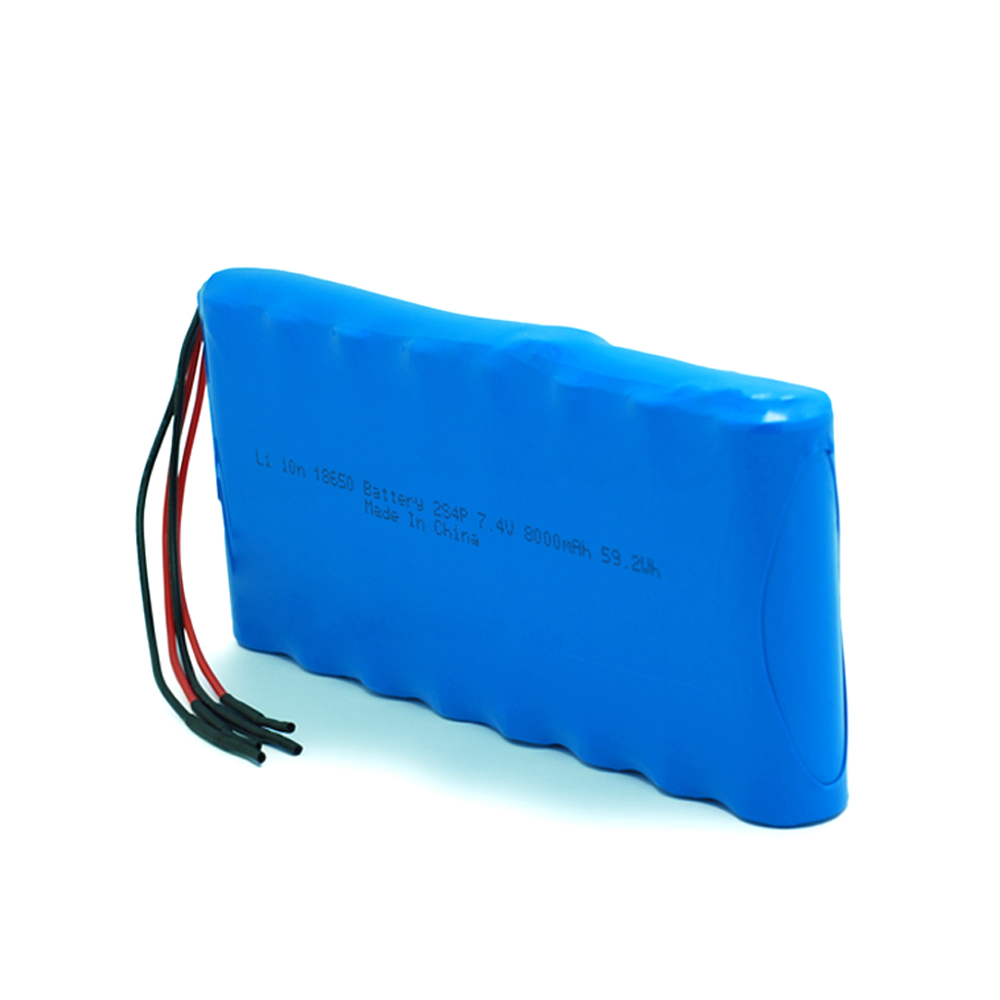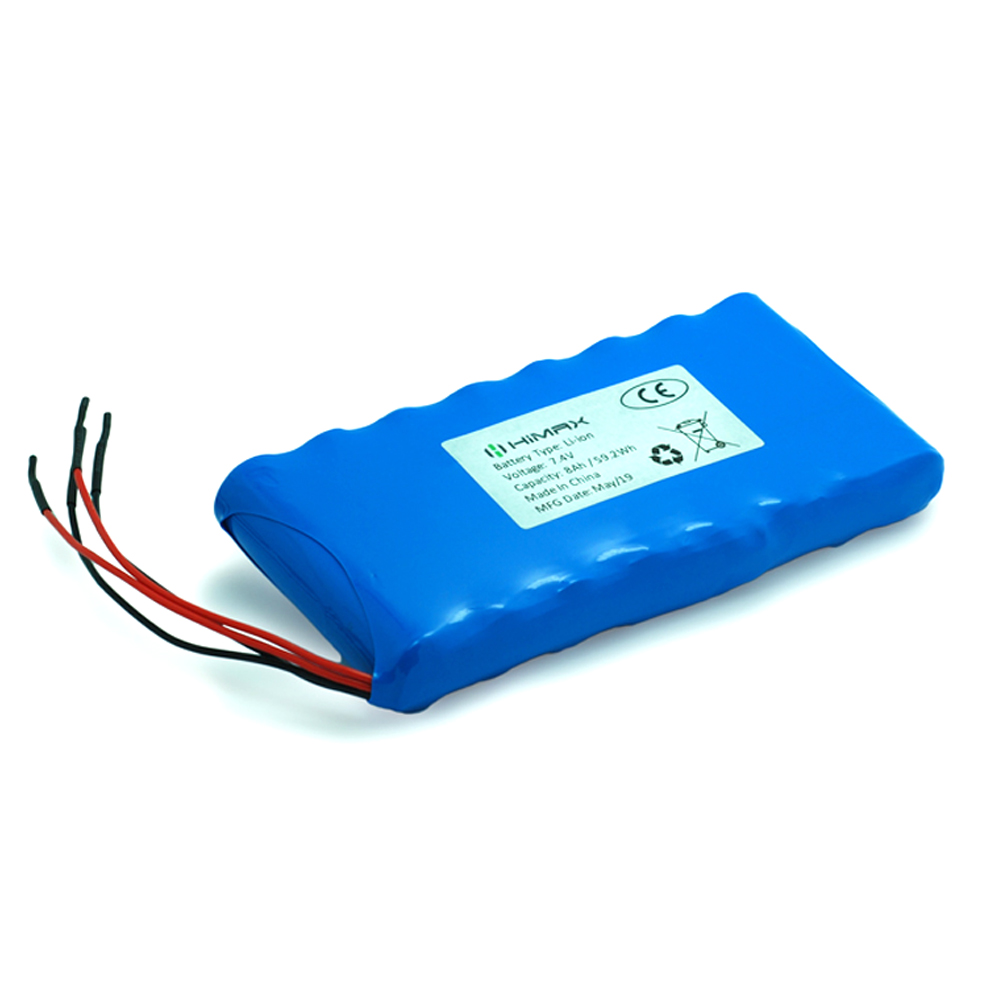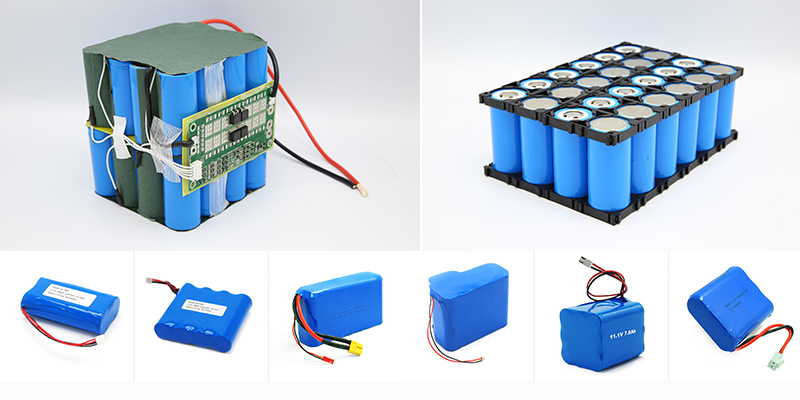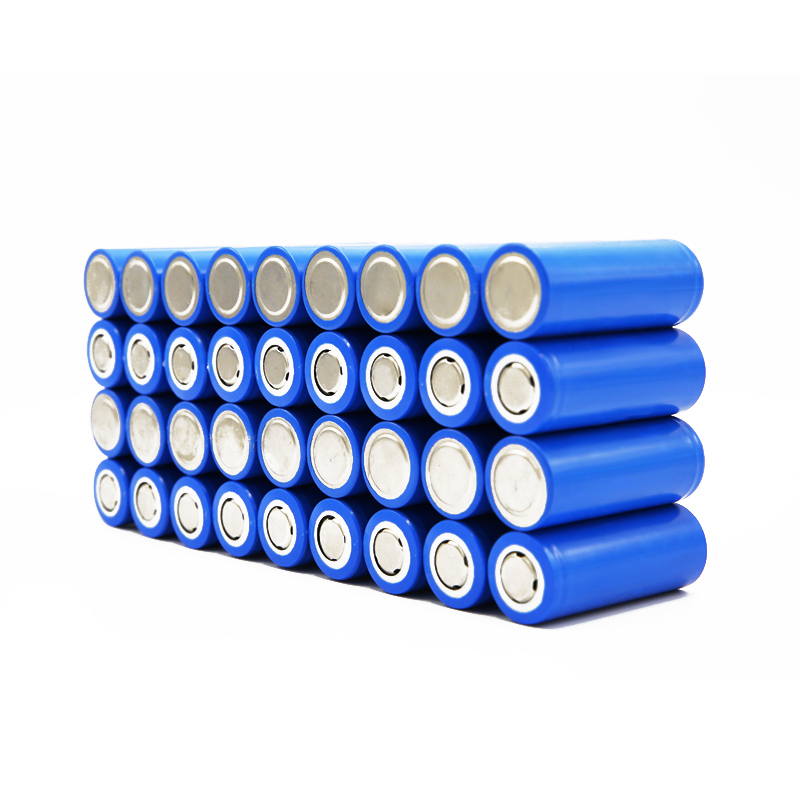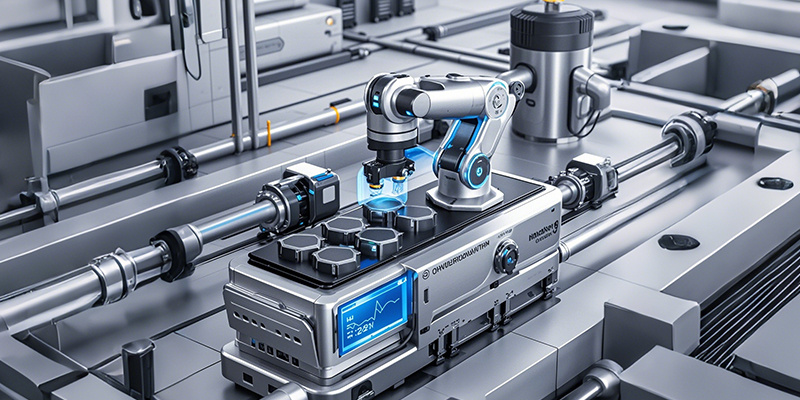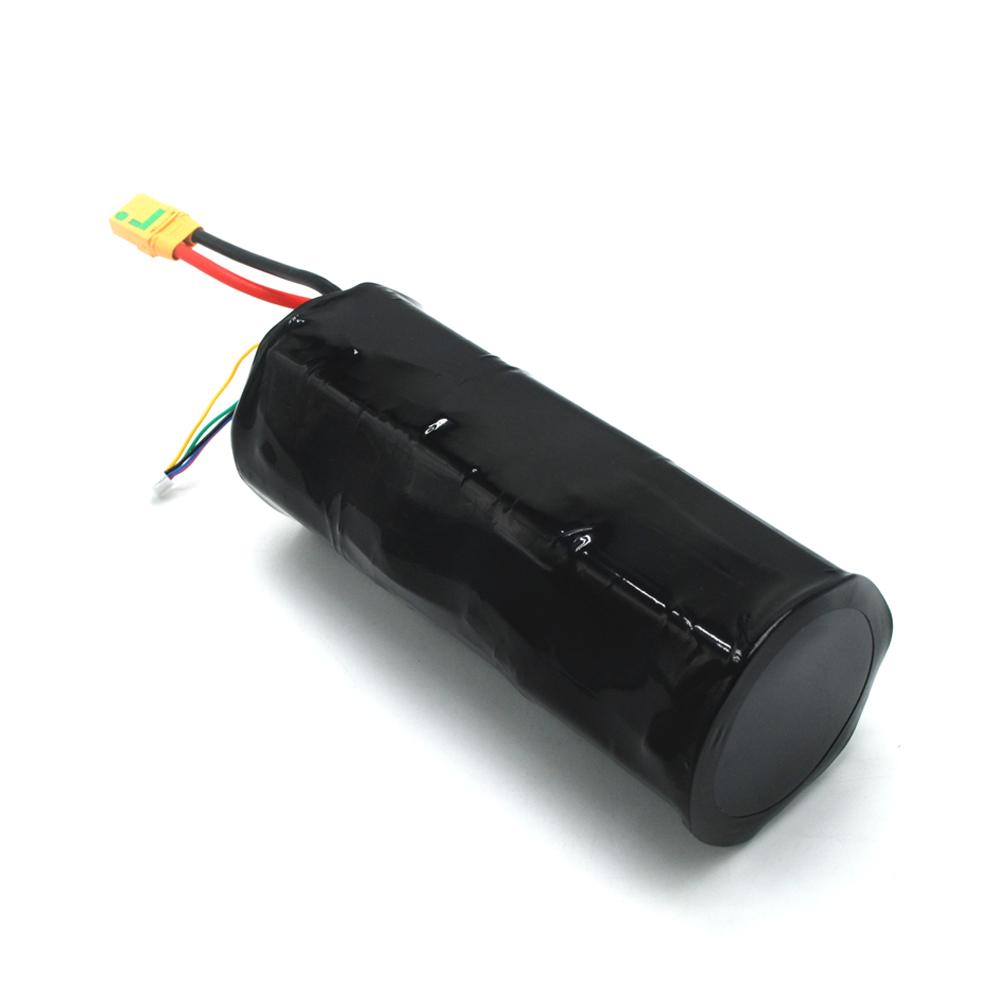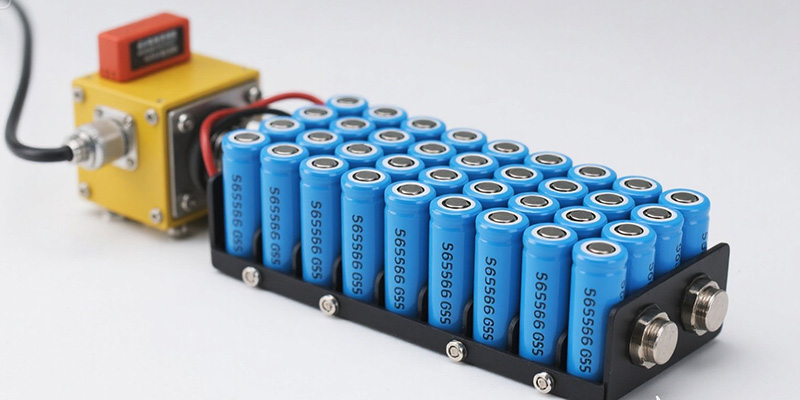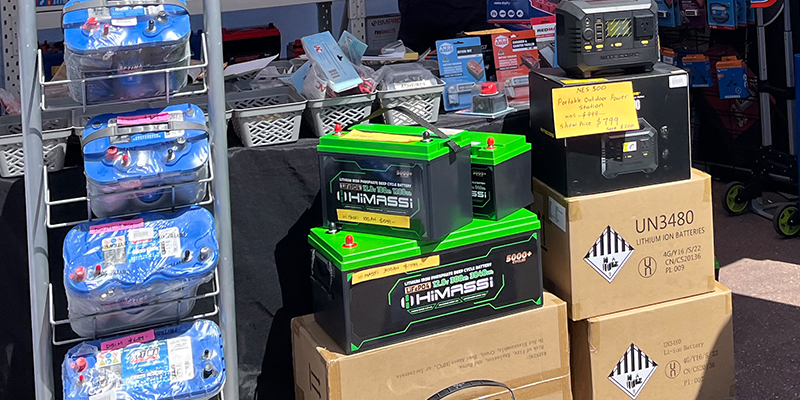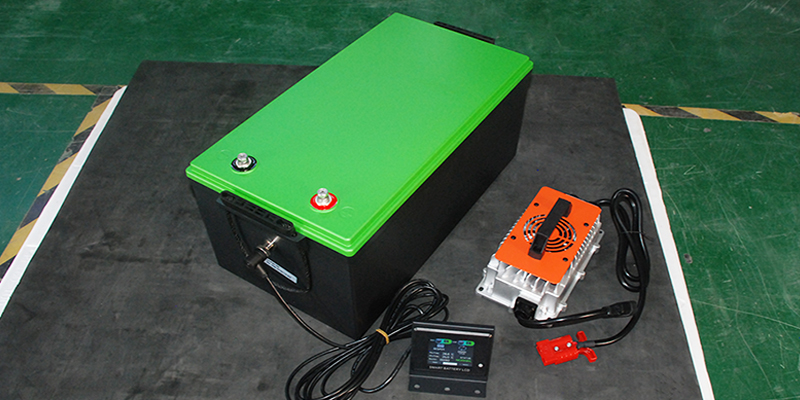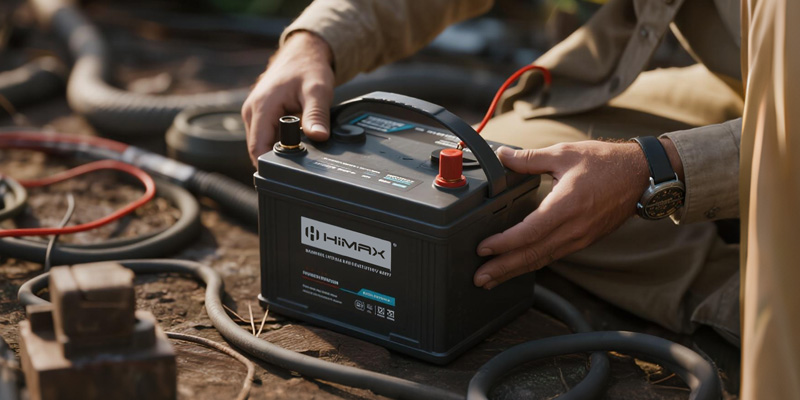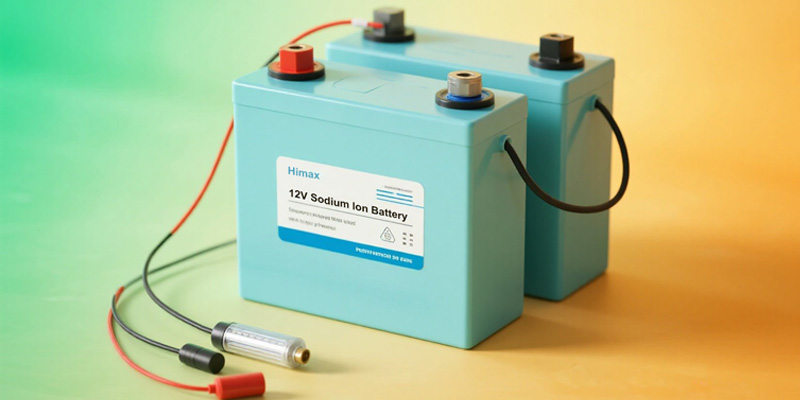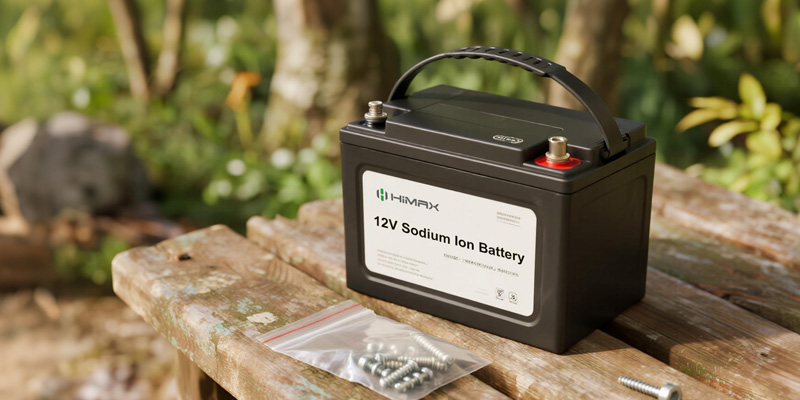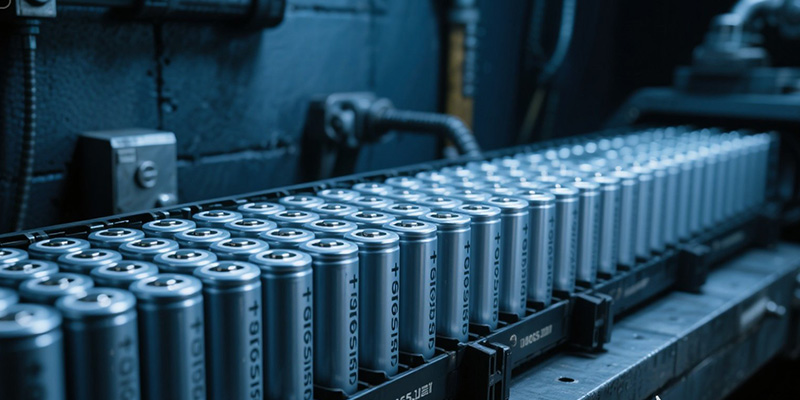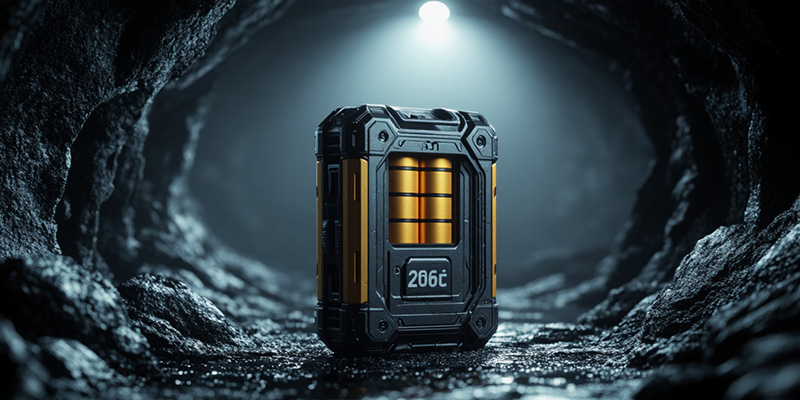In the era of digital transformation, smart attendance terminals have become essential for modern workplaces, schools, and institutions. These devices require reliable, long-lasting power solutions to ensure seamless operation. HiMASSi 3.7V and 7.4V li-ion batteries (2000mAh–5000mAh), developed by Shenzhen Himax Electronics Co., Ltd., provide an efficient and durable power source for these systems. This article explores how these advanced batteries improve performance, efficiency, and sustainability in smart attendance solutions.
1. The Growing Demand for Smart Attendance Systems
Smart attendance terminals utilize biometric recognition (fingerprint, facial, or RFID technology) to track attendance accurately. Unlike traditional systems, they reduce human error and enhance security. However, these devices require stable and long-lasting power to function continuously.
Challenges: Frequent charging, battery degradation, and inconsistent power supply can disrupt operations.
Solution: High-capacity 3.7V and 7.4V Li-ion batteries ensure extended usage without frequent recharging.

2. Why HiMASSi 3.7V & 7.4V Li-ion Batteries Are Ideal for Smart Attendance Terminals
2.1 High Energy Density for Extended Usage
2000mAh–5000mAh capacity supports prolonged operation, reducing downtime.
Ideal for standalone terminals used in remote or high-traffic areas.
2.2 Stable Voltage Output (3.7V / 7.4V)
Ensures consistent performance for biometric scanners and data processing.
Prevents system crashes due to voltage fluctuations.
2.3 Long Cycle Life & Durability
500+ charge cycles with minimal capacity loss.
Built-in overcharge & over-discharge protection for enhanced safety.
2.4 Compact & Lightweight Design
Fits seamlessly into slim and portable attendance devices.
Enables flexible installation in various environments.
3. Applications in Modern Attendance Solutions
HiMASSi batteries power a variety of smart attendance systems, including:
Biometric Time Clocks (Facial/Fingerprint Recognition)
RFID Card-Based Attendance Systems
Mobile Attendance Devices (Used in fieldwork or construction sites)
AI-Powered Attendance Kiosks
These applications benefit from low self-discharge rates and fast recharge capabilities, ensuring 24/7 reliability.
4. Sustainability & Cost Efficiency
Rechargeable Li-ion technology reduces waste compared to disposable batteries.
Lower total cost of ownership due to long lifespan and minimal maintenance.
Compliance with RoHS & CE standards, ensuring eco-friendly production.
5. Future Trends: Smart Batteries for Smarter Attendance Systems
As IoT and cloud-based attendance tracking evolve, power demands will increase. Future advancements may include:
Smart battery management systems (BMS) for real-time monitoring.
Solar-compatible Li-ion batteries for off-grid solutions.
Higher-capacity models (6000mAh+) for AI-driven terminals.

Conclusion
The HiMASSi 3.7V and 7.4V Li-ion batteries (2000mAh–5000mAh) from Shenzhen Himax Electronics Co., Ltd. provide a reliable, high-performance power solution for smart attendance terminals. With long-lasting energy, stable output, and robust safety features, these batteries ensure seamless operation in modern workforce management systems.

